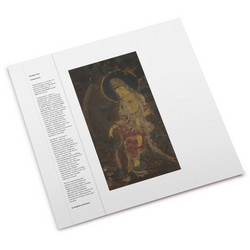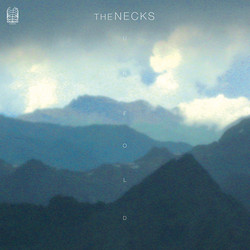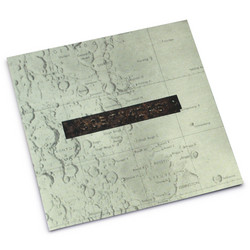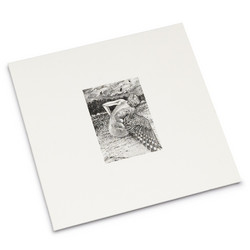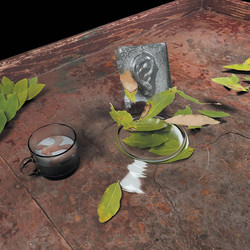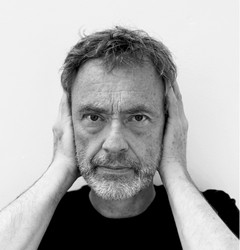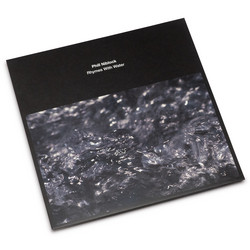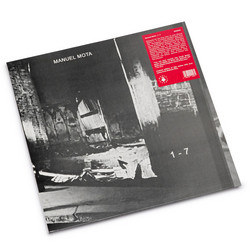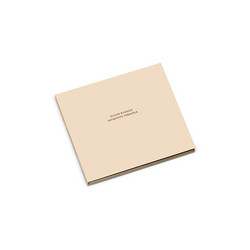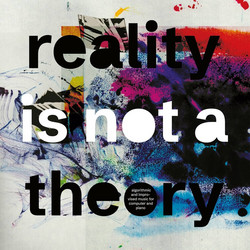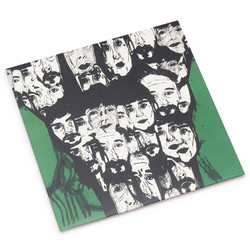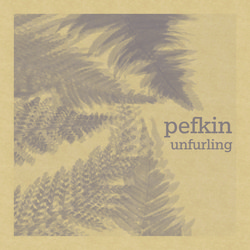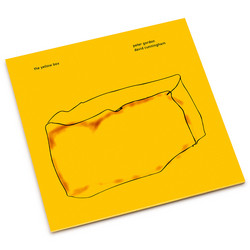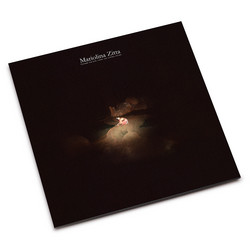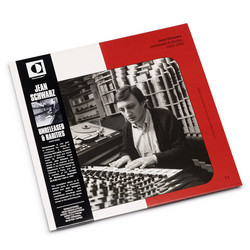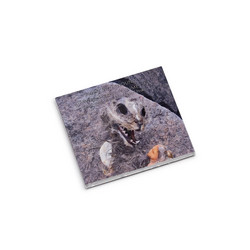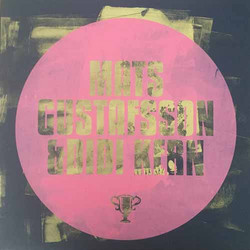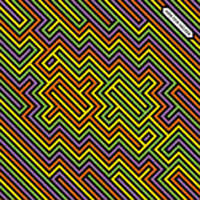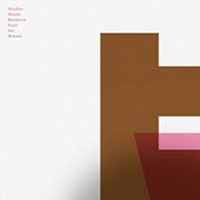An anthroposophical striptease of the soul, between dystopian chansons, primordial mantras, and musique concrète—both timeless and masterful.
„So COME OUT, you rotten cocksucker, here's your fucking POP SONG.“
After fourteen band albums that range from old to new music, improvised to experimental, folklore to industrial, Maja Osojnik is releasing her first solo album LET THEM GROW, in which she searches for the simple song that combines all of these elements both in herself and in its sound.
LET THEM GROW is the product of a retreat, an introspection, a re-alignment. Osojnik asks about the self, asks whether it is possible—beyond the fundamental impossibility—to be understood. She asks about the things people do when they love others and about the things they suppress. What does it mean to live an emancipated life today? In this very personal album, Osojnik examines the strange phenomena of contemporary interpersonal relations, with songs that range from dirty to soft, sensual, dazed, complex, cold, spherical, poignant, and feminine.
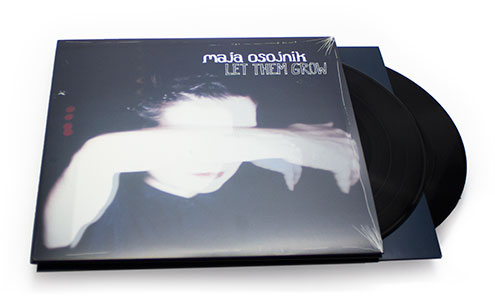
Each sound on Osojnik’s album is carefully generated and uniquely de-familiarized, for example by using so-called “rejects,” which she compiles in a library of broken sound scraps. This collection consists of the results of digital gaffes and faulty processing, unintentionally distorted, overmodulated, or phase-delayed. “I am partial to what isn't approved by society—that which has been broken.” In the ether of LET THEM GROW, these rejects are re-generated, they are given context, they expand to become the substance of Osojnik’s songs. On her first solo album, Maja Osojnik locks horns in solitude, surrounded by electrical sliding roofs, seagulls, turbo jet engines, pelting rain, ping-pong balls, feedback loops, and forlorn, strangely out-of-tune pianos. Pulsating drones and cascading sound clusters oscillate until they are violently disrupted by angular, trashy beats or sound miniatures made of hyperactive, machinelike breathing. Situated somewhere between analog and digital art, between virtual and real spaces, Osojnik uses her voice, her Paetzold bass recorder, and numerous perplexing sound objects, radios, and field recordings to weave a dramatic work of art, at once dark and soft.
